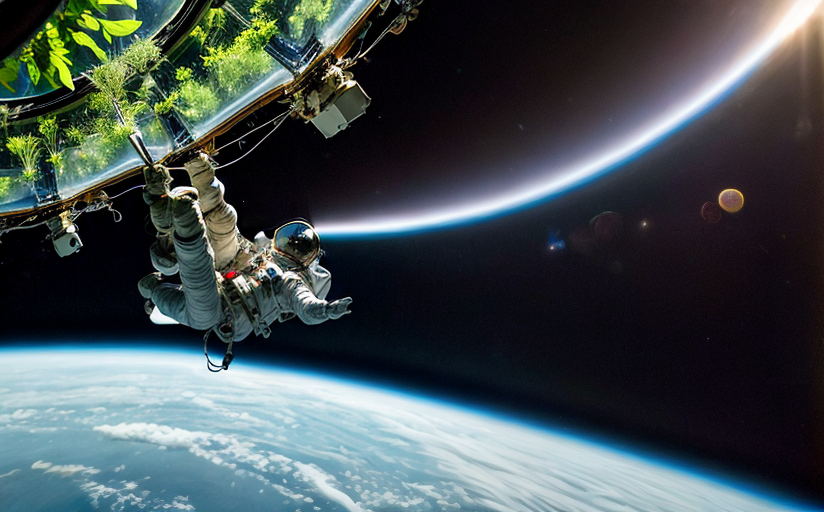Microgravity and Plant Growth: A Key to Sustained Life in Space
As the human race steps further into the era of advanced space exploration, understanding the effects of microgravity on plant growth is increasingly becoming crucial. The potential establishment of long-term human settlements in space significantly relies on the viability and sustainability of food production, of which plant growth forms an indispensable component.
The Influence of Microgravity on Plant Growth
In the confines of space, the gravitational force is greatly reduced - a condition referred to as microgravity. This environment presents a significant shift from the conditions plant life has adapted to on Earth. Therefore, researchers have been intrigued by how microgravity impacts plant growth. Studies have indicated that microgravity alters plant cellular processes and growth patterns, impacting factors such as cell structure, nutrient uptake, and photosynthesis. Understanding these changes is important for developing techniques and technologies for successful plant-based food production in space.
The Significance of This Research
Researching the effect of microgravity on plant life is pivotal for future space missions. This knowledge plays a key role in the development of plant-based life-support systems, ensuring astronauts have access to fresh food and a source of oxygen. Additionally, plants in space can help with waste recycling and psychological well-being by providing a touch of greenery.
Real-life Experiments
Various space agencies around the globe, like NASA and ESA, have carried out experiments on plant growth in space. One significant project is the 'Veggie' plant growth system on the International Space Station (ISS), which has successfully grown lettuce, radishes, and mustard greens. These experiments have been crucial for collecting real-life data and have proven that plants can grow, and be cultivated for consumption, in microgravity environments.
Role of These Studies in Life Support Systems in Space
These studies play a critical role in developing sustainable life support systems in space. Understanding the mechanics of plant growth under microgravity can aid in designing effective cultivation units, choosing suitable plant varieties, and eligible care techniques. This research thus directly contributes to the feasibility of long-term space habitation with a self-sustaining food supply.
Challenges and Potential Solutions
However, growing plants in microgravity presents unique challenges. Water and nutrients behave differently, potentially drowning the roots or not reaching them at all. Also, some plants rely on gravity for orientation, which is absent in space.
Potential solutions include using specially designed systems, such as 'pillows' that supply controlled amounts of water and nutrients, or centrifuges that can mimic gravity. Genetically modifying plants to better adapt to these growing conditions is also an area of ongoing research. The path ahead, while challenging, holds promise for the future of sustainable life in space.



















Comments
Leave a Comment